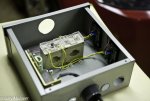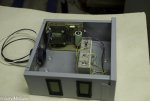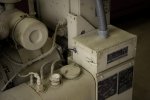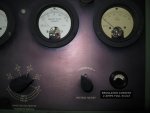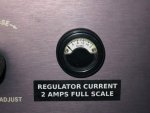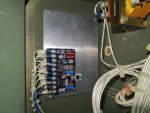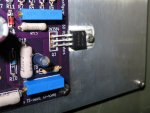I have the meter wired to read regulator current, which on an 002A or 003A is not the same as the exciter field current. The exciter field current is supplied by CVT1 and the rectifier bridge A4. CVT1 has three sections, so it senses all three phases. It also has a control winding in each section, and is designed so that when regulator current passes through those windings, less current is supplied to the rectifier bridge, and in turn, less is supplied to the exciter field. Regulator current will be high when the regulator wants to reduce the generator output, and low when it wants to increase the output. The regulator gets sense voltage from L3 only.
This regulator operation is reversed from other systems that have the regulator output directly supply the generator field current, and that's why it's not true that idling an 002A or 003A makes the regulator work extra hard.
The weather is cold and blustery here today, but tomorrow is supposed to be better. I'll play around with it a little tomorrow and see what I can learn.



